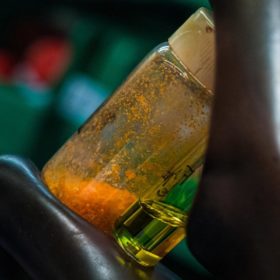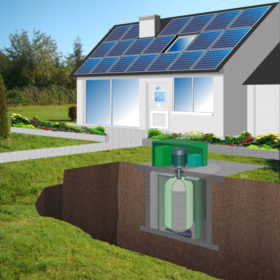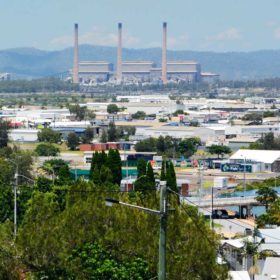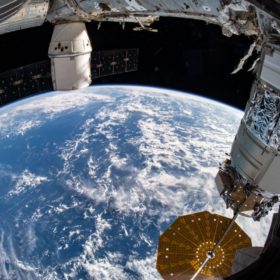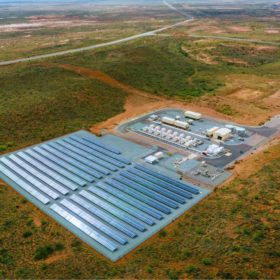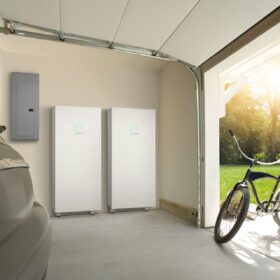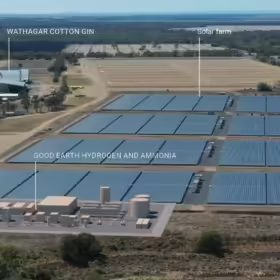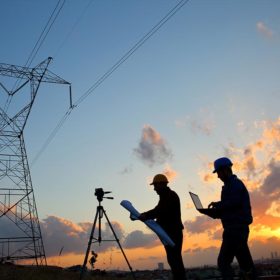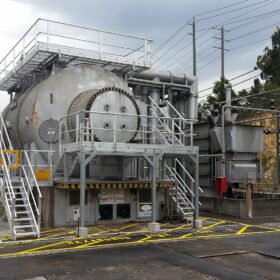Nanoparticles enable completely clear, industry-sized solar windows (yes, they’re finally here and targeting 5% efficiency)
The promise of solar windows have captivated scientists and engineers for decades. Now, West Australian company ClearVue says it not only has a fully transparent, scalable, industry-ready solar window in production, but it’s just 18 months away from cracking 5% efficiency, thanks to a research partnership.
Marinus Link bolstered by new reports attesting its potential benefit across NEM, but who should pay?
New reports and modelling has led TasNetworks to further push its largest of four possible Marinus Link versions. The largest, a 1,500 MW interconnector between Tasmania and the Australian mainland, is being shown to provide benefits across the entire NEM through grid stability and downward pressure on wholesale electricity prices. But there is still some discussion about who should pay for it.
PV-driven air conditioner coupled with ice thermal storage
Researchers in China have built a PV-powered air conditioner that can store power through ice thermal storage. The performance of the system was evaluated considering operating efficiency and stability and the scientists found that a device relying on a variable-speed compressor and an MPPT controller showed very good ice-making capability.
Storing solar power with recycled batteries from Nissan
Spanish renewable energy company Acciona is testing four second-life batteries with a combined capacity of 130 kWh at its 1.2 MW experimental solar park in Tudela, in the Spanish region of Navarra.
‘Solar tax’ founded on false premise, according to policy centre
The contentious two-way pricing reform proposed by the AEMC, dubbed the ‘sun tax’, is based on the understanding that solar is a plaything of the rich. In fact, the inverse may be true, according to a new paper published by the Victoria Energy Policy Centre. But Vinnies’ research manager Gavin Dufty, an instigator of the rule change, told pv magazine Australia such analysis misses the point, branding it ‘myopic’.
Solar energy collectors… grown from seeds!
Rice University engineers produced “near-perfect” 2D perovskite crystals for photovoltaic applications, grown from seeds.
Concrete flywheel storage system for residential PV
A French start-up has developed a concrete flywheel to store solar energy in an innovative way. Currently being tested in France, the storage solution will be initially offered in France’s overseas territories and Africa.
Clean? Green? Blue? Blended? Queensland’s GEAP project defies hydrogen categories
The Gladstone Energy and Ammonia Project plans to efficiently use available resources and technology to produce low-cost, relatively low-emissions blue hydrogen from coal, and provide a conduit to commercialising true green hydrogen. A federal emissions policy driving toward a net-zero commitment could properly value GEAP’s place in Australia’s energy and export ecosystem.
Roll-out solar arrays installed in successful NASA spacewalk
The first new ISS Roll-Out Solar Array (iROSA) has been installed on the International Space Station.
Landmark moment as Pilbara town powered 100% by solar PV and battery
Western Australia utility Horizon Power has achieved a major milestone with the coastal town of Onslow powered 100% by solar PV and battery during a successful trial of what is one of Australia’s largest distributed energy resource microgrids.





